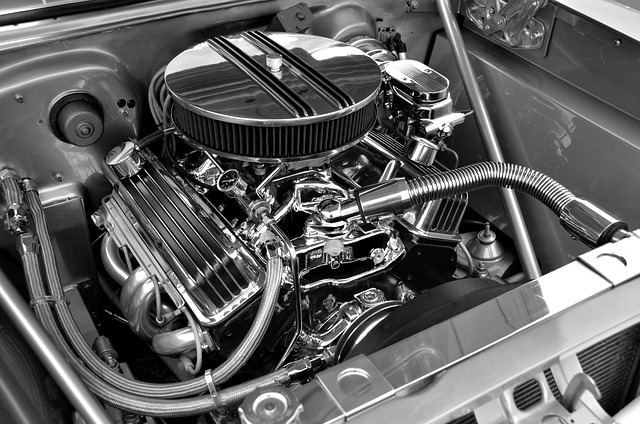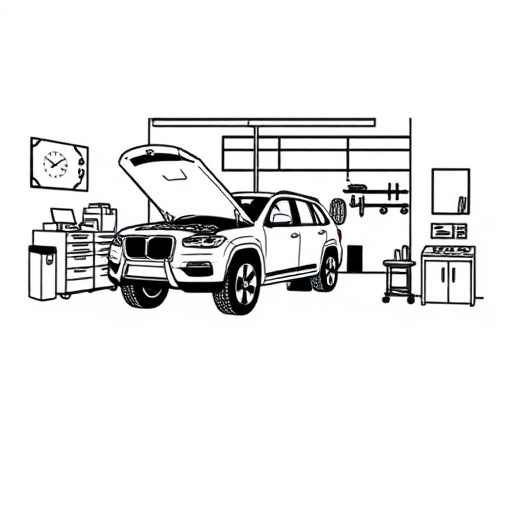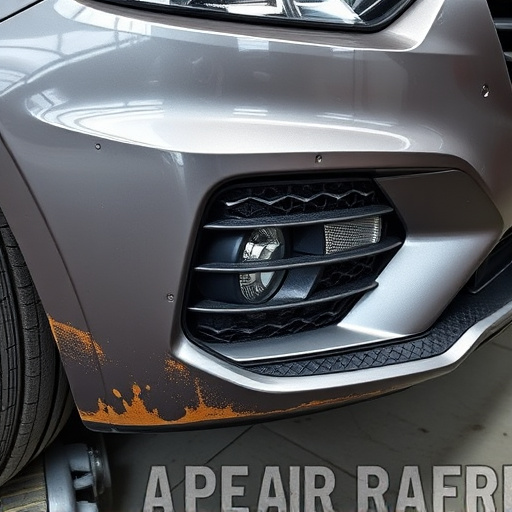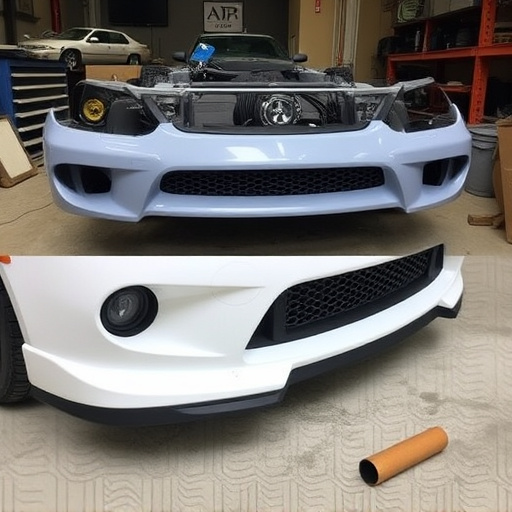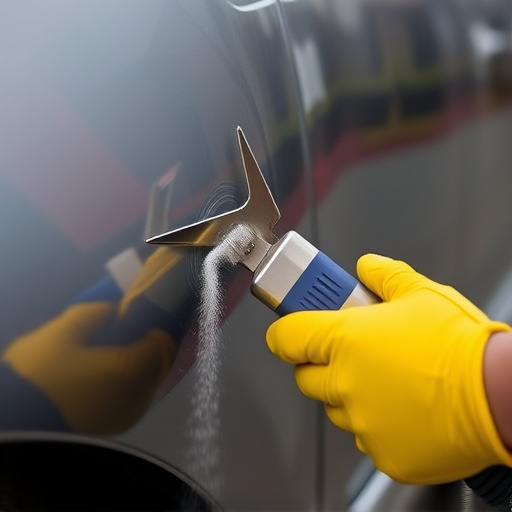Paint chips caused by environmental factors can damage vehicles' aesthetics. This text explores causes, categorizes chip types, and provides paint chip repair solutions using essential tools like automotive paint, sandpaper, and a putty knife. It's an easy DIY project involving cleaning, filling, sanding, priming, and painting for simple chips. Complex dents may require professional bodywork services.
“Unscratched car surfaces are every driver’s desire, but paint chips—those pesky little flaws—can pop up despite our best efforts. Understanding and effectively repairing paint chips is a vital skill for any car owner. This comprehensive guide dives into the heart of the issue, exploring the causes and types of paint chip damage. We equip you with essential tools and materials, then walk through a step-by-step process to restore your vehicle’s smooth finish. Conquer paint chips once and for all—your car will thank you.”
- Understanding Paint Chip Damage: Causes and Types
- Essential Tools and Materials for Repair
- Step-by-Step Guide to Effective Paint Chip Repair
Understanding Paint Chip Damage: Causes and Types

Paint chip damage is a common issue that can mar the otherwise pristine appearance of vehicles, both old and new. Understanding this type of damage is crucial for anyone looking to undertake a successful paint chip repair job or seek professional car paint services.
There are several causes behind paint chipping, including exposure to harsh weather conditions like extreme heat or cold, road salt, and UV rays from the sun. These environmental factors can weaken the paint’s surface over time, making it susceptible to chips and flakes when minor bumps or impacts occur. Different types of paint chip damage include small nicks and scratches that expose the bare metal, larger areas of peeling paint, and complete flaking off of the top coat. Identifying the specific type of damage is an essential first step in repairing it effectively, whether through DIY methods or by visiting a reliable car body shop for auto collision repair.
Essential Tools and Materials for Repair
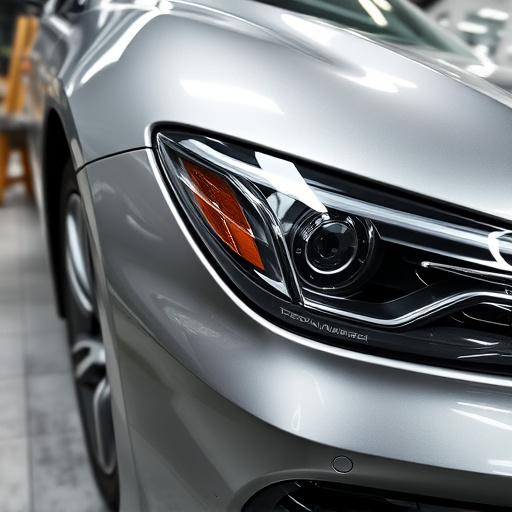
To successfully fix a paint chip repair, several essential tools and materials are indispensable. Firstly, you’ll need a high-quality automotive paint that matches your car’s exact color for a seamless finish. Sandpaper with varying grit levels is crucial for smoothing the damaged area and preparing it for painting. A fine grit, such as 320 or 400, is suitable for achieving a smooth surface after sanding.
Additionally, you’ll require a paint applicator, typically a brush or a spray gun, to evenly apply the paint. Masks, tape, and drop cloths are also essential components of your kit to protect surrounding areas from overspray and ensure an organized workspace. An auto body shop often stocks these items, offering convenient access for car paint services and car bodywork repairs.
Step-by-Step Guide to Effective Paint Chip Repair
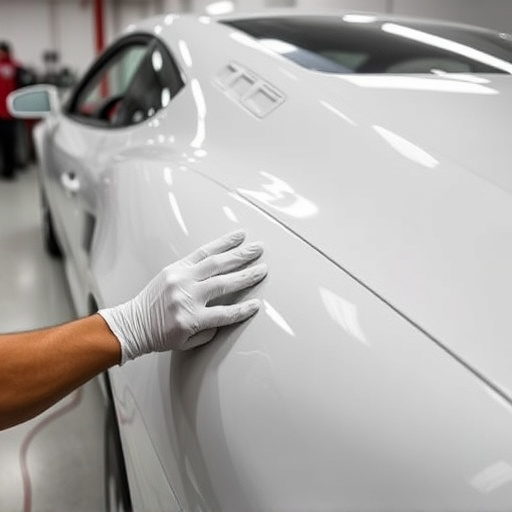
Repairing paint chips on your vehicle’s surface is a crucial step in maintaining its aesthetics and longevity. Here’s a straightforward guide to help you achieve a seamless fix, ensuring your car looks as good as new. Start by gathering the necessary tools: a putty knife, automotive-grade filler, sandpaper (grit 400-600), primer, and paint that matches your vehicle’s color. Begin by gently cleaning the damaged area to remove any debris. Next, use the putty knife to apply a thin layer of filler, filling in the chip while ensuring it blends with the existing paint. Once set, lightly sand the surface until smooth, following the contours of the body. Apply primer, allowing it to dry, and then carefully match and apply the exact shade of paint for a flawless finish. For minor dents or more extensive repairs, consider seeking professional car bodywork services for optimal results. This DIY approach is perfect for tire services too, keeping your vehicle’s exterior in top condition.
A successful paint chip repair job hinges on understanding the damage, having the right tools, and following a systematic approach. By identifying the type of paint chip and its cause, you can select the appropriate materials and techniques. With a bit of patience and the right guidance, you’ll achieve a seamless and lasting fix, preserving the integrity and aesthetic appeal of your surfaces. Remember, proper preparation and attention to detail are key to achieving professional-looking results in paint chip repair.
